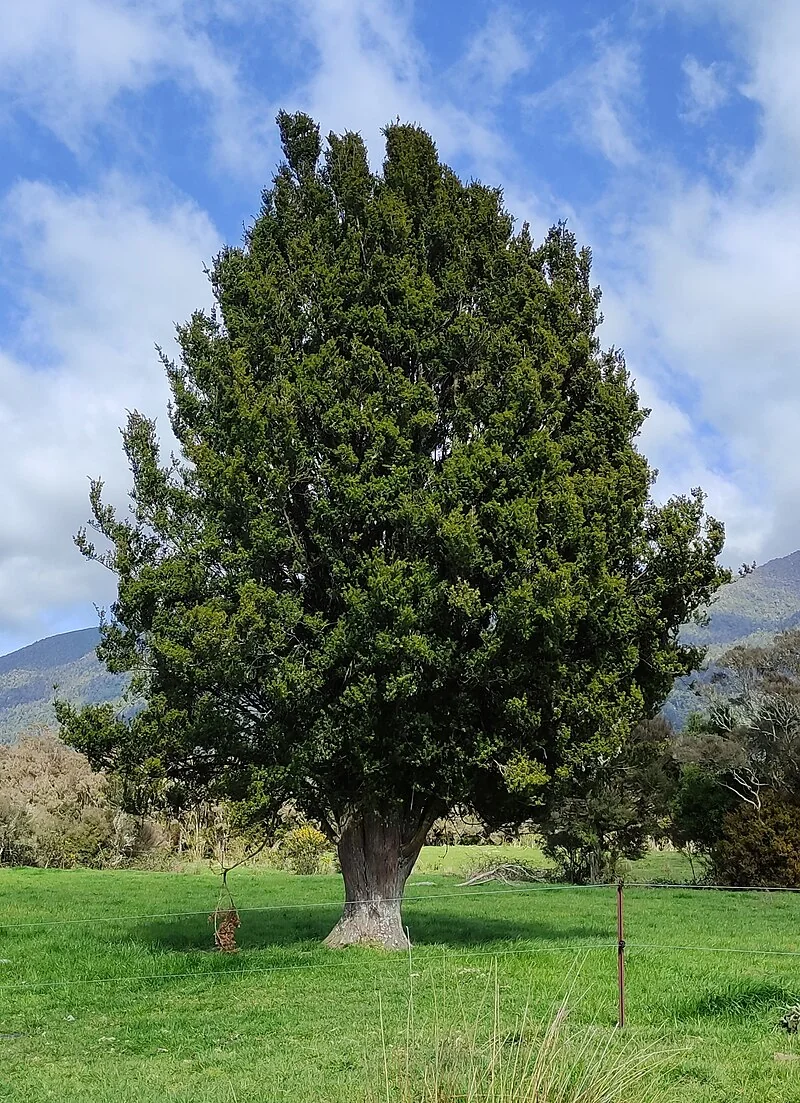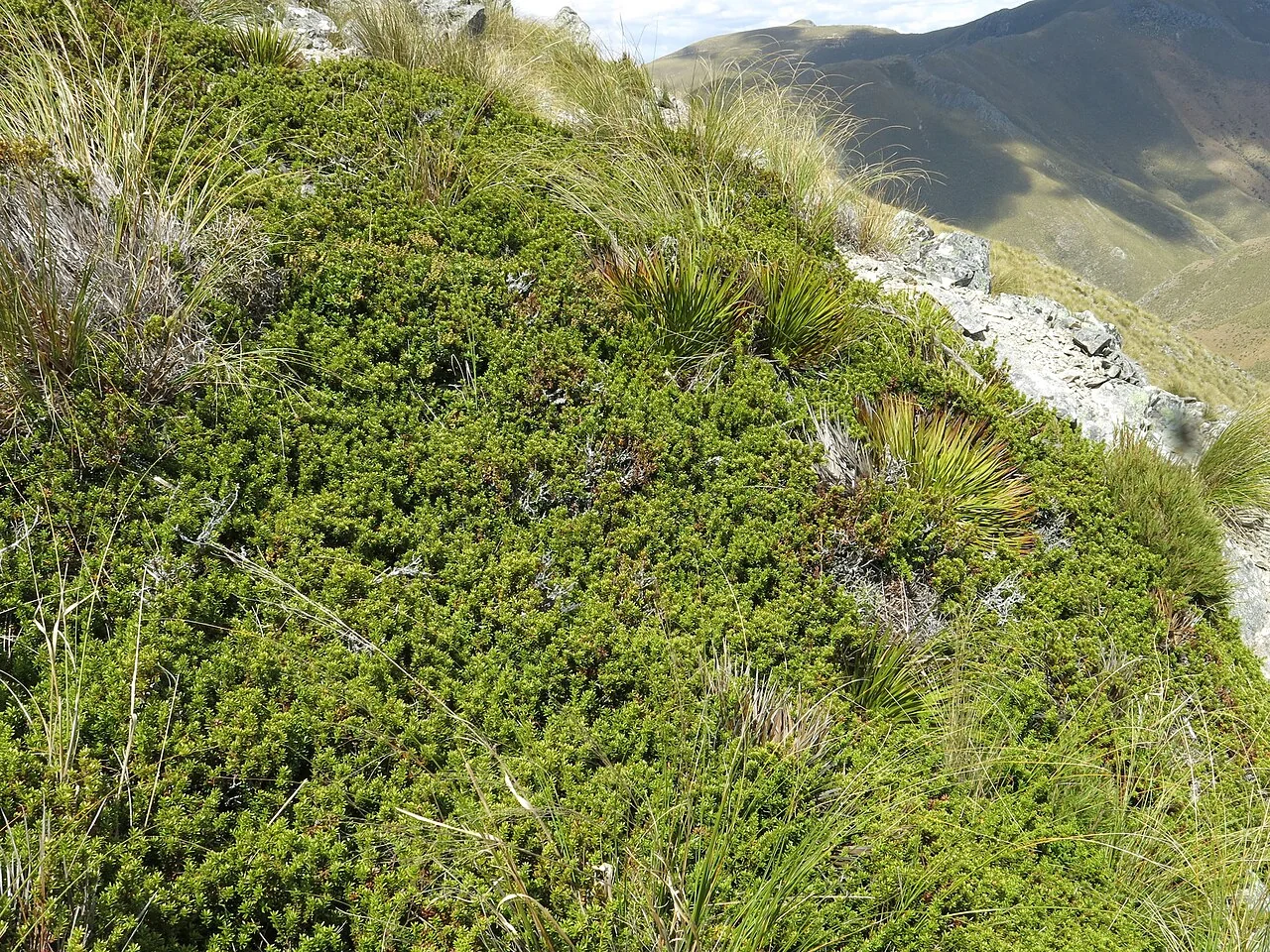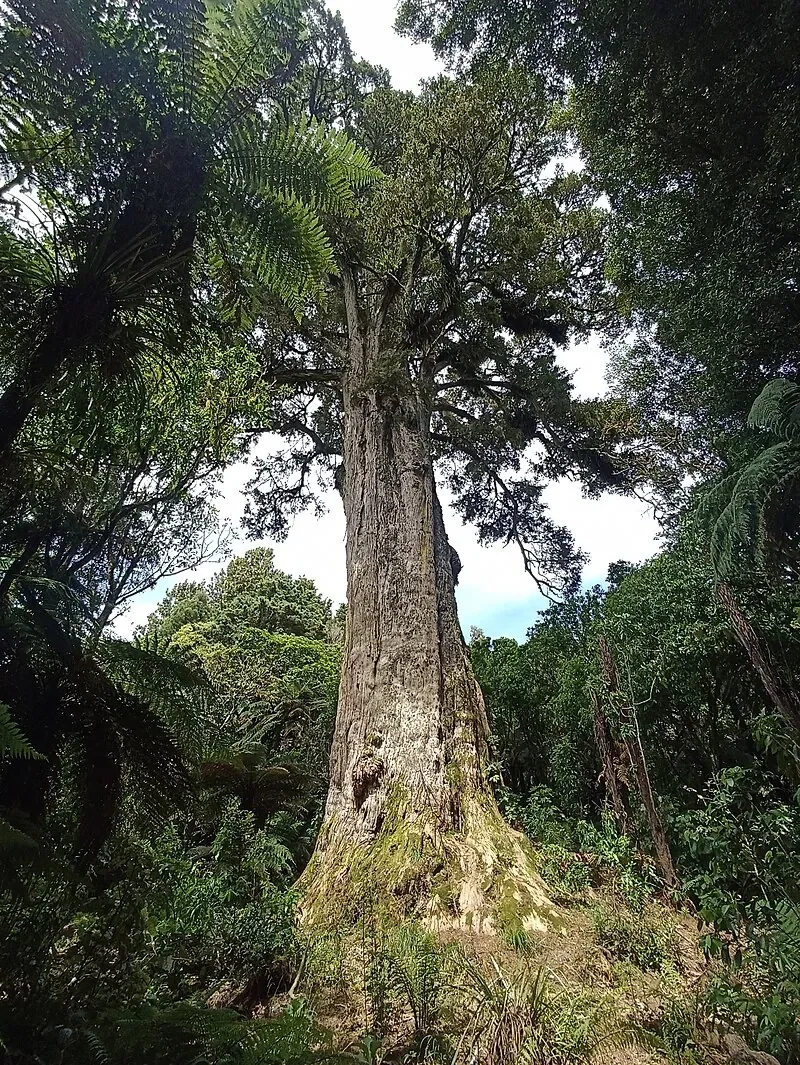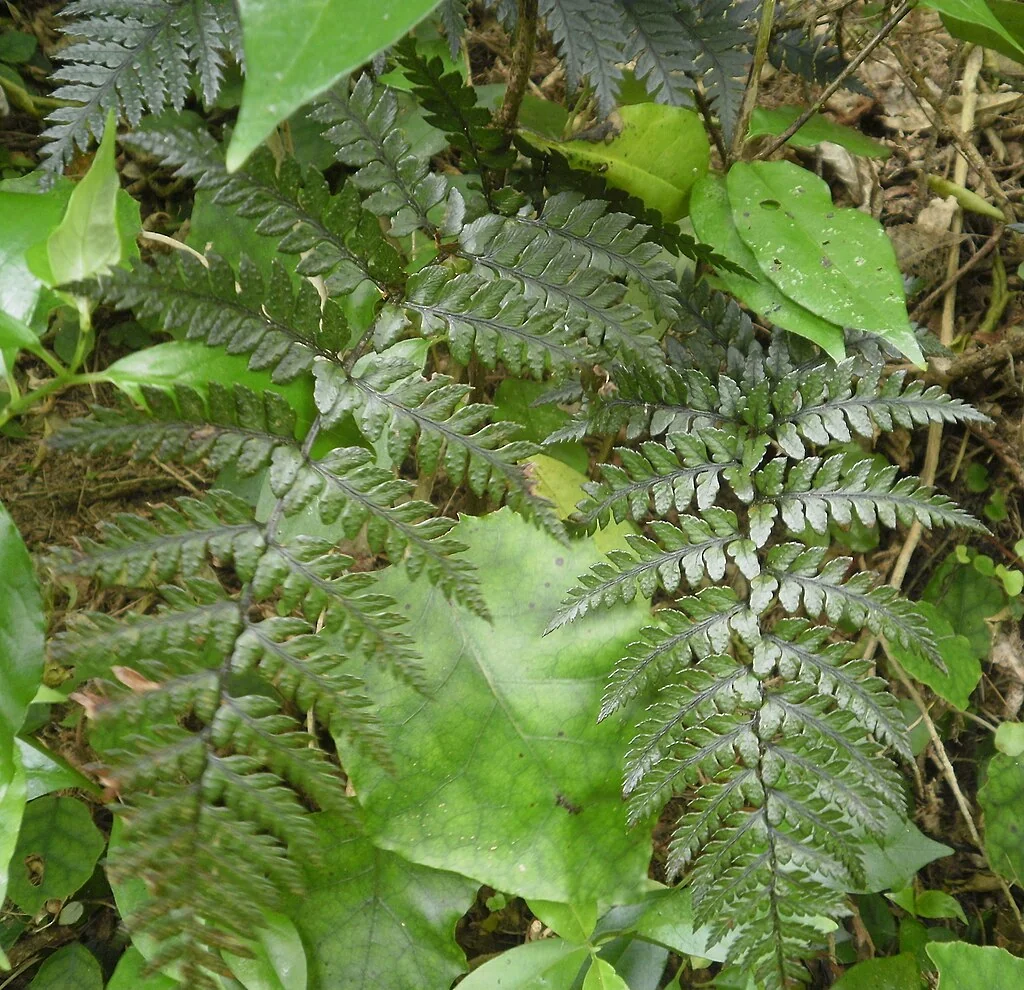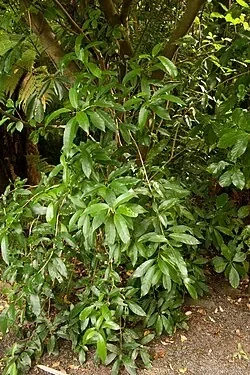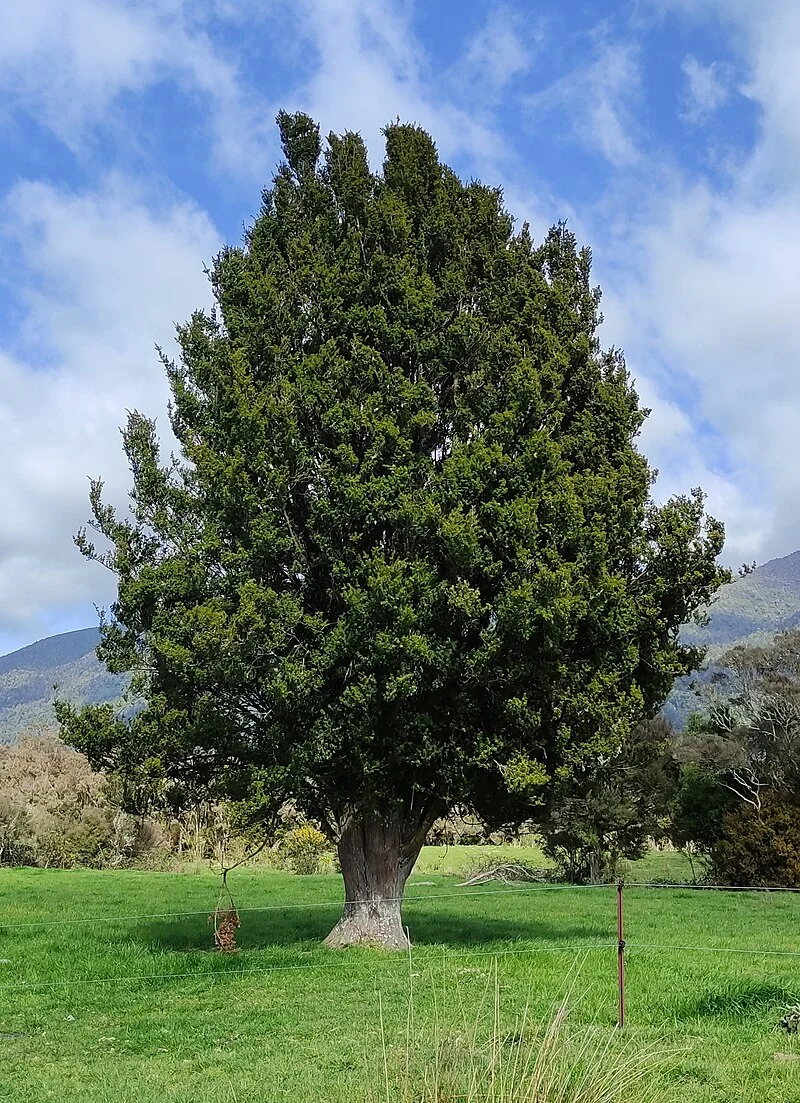
Hall's Ttara
Podocarpus hallii native plants index
A higher-elevation relative of ttara with finer foliage; a handsome tree for cooler districts and restoration. Learn more in our native plants guide.

Plant Description
Botanical Features
Hall's Ttara (Podocarpus hallii), also known as Mountain Totara, is a hardy New Zealand native evergreen tree. It typically grows 15 to 25 meters tall and 6 to 10 meters wide, forming a tall, dense tree. It produces small, leathery green leaves, generally greener than the normal totara tree. Juvenile leaves are linear-lanceolate, 2.5-5 cm long and 4-5 mm wide, while adult leaves are narrower, 2-3 cm long and 3-4 mm wide, rigid, and pungent. The tree features flaky, thin, papery bark on its trunk, which is often reddish-grey. It produces small, inconspicuous flowers followed by attractive red fruits that are appealing to birds. The ovules are solitary or paired, with receptacles that become red, swollen, and succulent. The seed is 3-5 mm long, narrow-ovoid, and nut-like. It thrives in higher altitudes and poor soils but can also grow at lower altitudes.
Quick Facts
Overview
| Scientific Name | Podocarpus hallii |
|---|---|
| Height | 10-20 m |
| Spread | 6-10 m |
| Light | Full sun to light shade |
| Water Needs | Moderate |
| Frost | Good |
| Frost Tolerance | Hardy once established |
| Salt Tolerance | Low; requires protection from salt exposure |
| Growth Rate | Slow |
| Lifespan | Very long; can live for centuries |
Climate Best Suited to
Regional climate suitability across major New Zealand cities.
Regional Suitability
| City | Climate Suitability |
|---|---|
| Whangārei | Ideal |
| Auckland | Ideal |
| Hamilton | Ideal |
| Tauranga | Ideal |
| Rotorua | Ideal |
| Gisborne | Ideal |
| New Plymouth | Ideal |
| Napier | Ideal |
| Whanganui | Ideal |
| Palmerston North | Ideal |
| Wellington | Ideal |
| Nelson | Ideal |
| Christchurch | Ideal |
| Dunedin | Ideal |
| Invercargill | Ideal |
Natural Habitat
Hall's Ttara (Podocarpus hallii), also known as mountain ttara or thin-barked ttara, is a conifer species endemic to New Zealand. It is found across the North Island, South Island, and Stewart Island/Rakiura, showcasing its widespread distribution and adaptability.
Key Habitats Include:
- Montane and Subalpine Forests: Its natural habitat includes lowland, montane, and lower subalpine forests, with a notable prevalence in montane forests and at higher altitudes. It is often a dominant or co-dominant tree in these environments.
- Challenging Soils: This species often grows in areas with impoverished or immature (skeletal) soils, and in sites that experience natural stress from drought or extreme temperature fluctuations. This highlights its hardiness and ability to thrive in less fertile conditions.
- Wet Floodplain Soils: While typically found at higher elevations, it can also grow in wet floodplain soils and near mangroves at low elevations in some regions, demonstrating its ecological flexibility.
Preferred Conditions:
- Well-Drained Soils: It can be a forest dominant on well-drained soils above 480 meters.
- Wet Soils: It is also a co-dominant tree tolerant of wet soils at lower elevations.
The presence of Podocarpus hallii in these diverse and often challenging habitats underscores its ecological importance in contributing to the biodiversity and structural complexity of New Zealand's native forests, particularly in cooler, higher-altitude regions.
Plant Conservation
Podocarpus hallii, commonly known as Hall's tōtara, mountain tōtara, or thin-barked tōtara, is now taxonomically referred to as Podocarpus laetus. This New Zealand native conifer is currently classified as "Not Threatened" by the New Zealand Threat Classification System as of 2023. The IUCN Red List also lists its conservation status as "Least Concern." This species is endemic to New Zealand, growing in the North Island, South Island, and Stewart Island/Rakiura. It is typically found in lowland, montane, and lower subalpine forests, often thriving in areas with impoverished or naturally stressed soils.
Growing Requirements
Soil
Well-drained, moderately fertile soils; avoid prolonged waterlogging.
Light
Performs in full sun to partial shade depending on species.
Water
Keep evenly moist while establishing; reduce irrigation as roots develop.
Temperature
Hardy in most regions of Aotearoa once established.
For Hall's Ttara (Podocarpus hallii), choose a site with full sun to light shade and soil that is well-drained, moisture-retentive. Incorporate composted organic matter to improve structure and drainage. Plant with the crown or root collar at soil level, then apply a 5-8 cm mulch to moderate temperature, conserve moisture, and suppress weeds. Protect young plants from extremes while establishing and consider the stated frost tolerance (seasonal) when siting near exposure or cold air drains.
Planting Guide
Choose a cool, well-drained site with sun to light shade. Plant slightly proud of the soil line and mulch to keep roots cool. Water to establish, then deeply but infrequently.
- Soil: Free-draining loam; avoid waterlogging.
- Spacing: 4-6 m from structures for long-term canopy.
- Shelter: Provide wind shelter while young on exposed sites.
Ecosystem Notes
- Forest structure: Long-lived canopy species contributing to carbon storage.
- Associates: With beech and other podocarps in cool forests.
- Recruitment: Shade-tolerant seedlings establish under light gaps.
Uses & Significance
Garden & Restoration
A higher-elevation relative of ttara with finer foliage; a handsome tree for cooler districts and restoration.
- Cooler-climate shelter/specimen
- Restoration plantings
Propagate Hall's Ttara from fresh, cleaned seed sown promptly, or by semi-hardwood cuttings taken from current season growth using a free-draining medium and gentle bottom heat. Germination can be slow; maintain even moisture and hygiene.
Landscaping Ideas
- Specimen: Handsome fine foliage for larger, cool-climate gardens.
- Shelter belts: Stately, wind-firm rows with adequate spacing.
- Restoration: Anchor species for montane plantings.
Seasonal Care Calendar
Spring
- Plant and mulch
- Protect new growth from weeds
Summer
- Deep watering in drought
- Monitor pests
Autumn
- Light formative pruning
- Top up mulch
Winter
- Plant eco-sourced stock
- Stake in windy sites
Pruning & Maintenance
Techniques and Timing
Generally minimal; formative work when young and removal of damaged wood.
Prune Hall's Ttara lightly to maintain structure; remove damaged shoots and avoid hard cuts on older wood.
How to Grow Hall's Ttara
Hall's Ttara (Podocarpus hallii) is a slow-growing, high-country ttara suited to cool, well-drained sites. This iconic New Zealand conifer is a majestic tree, often found in subalpine and montane forests, where it contributes significantly to the ecosystem. Its dense, dark green foliage and sturdy trunk make it a striking specimen in larger gardens and restoration projects. While it is a long-lived species, its slow growth rate means that successful propagation and establishment require patience and careful attention to detail. Understanding the specific methods for growing Hall's Ttara is crucial for ensuring its long-term health and contribution to native landscapes.
From Seed
Propagating Hall's Ttara from fresh seed is the most reliable method. Collect ripe arils (the fleshy, seed-bearing structures) when they are fully colored, typically in late autumn or early winter, and when birds begin to feed on them. It is crucial to remove all fleshy tissue from the seeds, as this can inhibit germination. Wash the seeds thoroughly and sow them promptly, as fresh, clean seed gives the best results. Use a free-draining, sterile seed-raising mix, such as a blend of sand and fine bark. Sow the seeds at a depth approximately equal to the seed's diameter and keep the medium evenly moist in bright, indirect light. Cool to mild temperatures (around 10-18°C) suit this species best. Germination can be slow and irregular, often taking several weeks to months, so patience is required. Once seedlings have developed a few true leaves and their root systems are secure, carefully prick them out into individual small pots, disturbing the roots as little as possible. Grow them on in a sheltered environment, gradually hardening them off before planting out.
From Cuttings
Vegetative propagation of Hall's Ttara from cuttings can be challenging, with success rates often variable. Short juvenile cuttings (6-10 cm) taken from non-flowering shoots in late summer to early autumn offer the best chance of success. Remove the lower leaves, lightly wound the base of the cutting, and treat it with a suitable IBA (Indole-3-butyric acid) rooting hormone to stimulate root development. Insert the cuttings into a very free-draining medium, such as coarse perlite with fine bark, under high humidity and gentle bottom heat (around 18-22°C) in bright, filtered light. Rooting can be slow and irregular, often taking several months. Pot on only after a firm root system has formed, and then harden off the new plants gradually before transplanting them to their final positions. This method is generally more successful for experienced propagators or in specialized nursery settings.
Pests & Diseases
- Root rot: Avoid poorly drained soils; mound-plant if necessary.
- Scale/sooty mould: Treat with horticultural oil; improve airflow.
- Wind damage: Stake young trees; prune torn branches cleanly after storms.
Cultural Significance
Podocarpus hallii, also known as Hall's tōtara, mountain tōtara, or thin-barked tōtara, is closely related to the common tōtara (Podocarpus totara) and shares much of its cultural significance, particularly within Māori tradition. The tōtara is considered the most sacred tree in Māori tradition. It was one of the most useful timbers in New Zealand forests, highly valued by Māori for constructing long canoes due to its light reddish-brown wood and tall trunks that could be easily hollowed out. Beyond canoes, tōtara wood was used for houses, carvings, musical instruments, and toys. The bark also had various uses, such as roofing, torches, containers, and splints for broken bones. The tōtara's reputation was further solidified by its widespread distribution throughout the country.
Bonus Tip
In mixed plantings, underplant with shade-tolerant ferns to keep root zones cool and weed-free, improving establishment in summer-dry periods.
